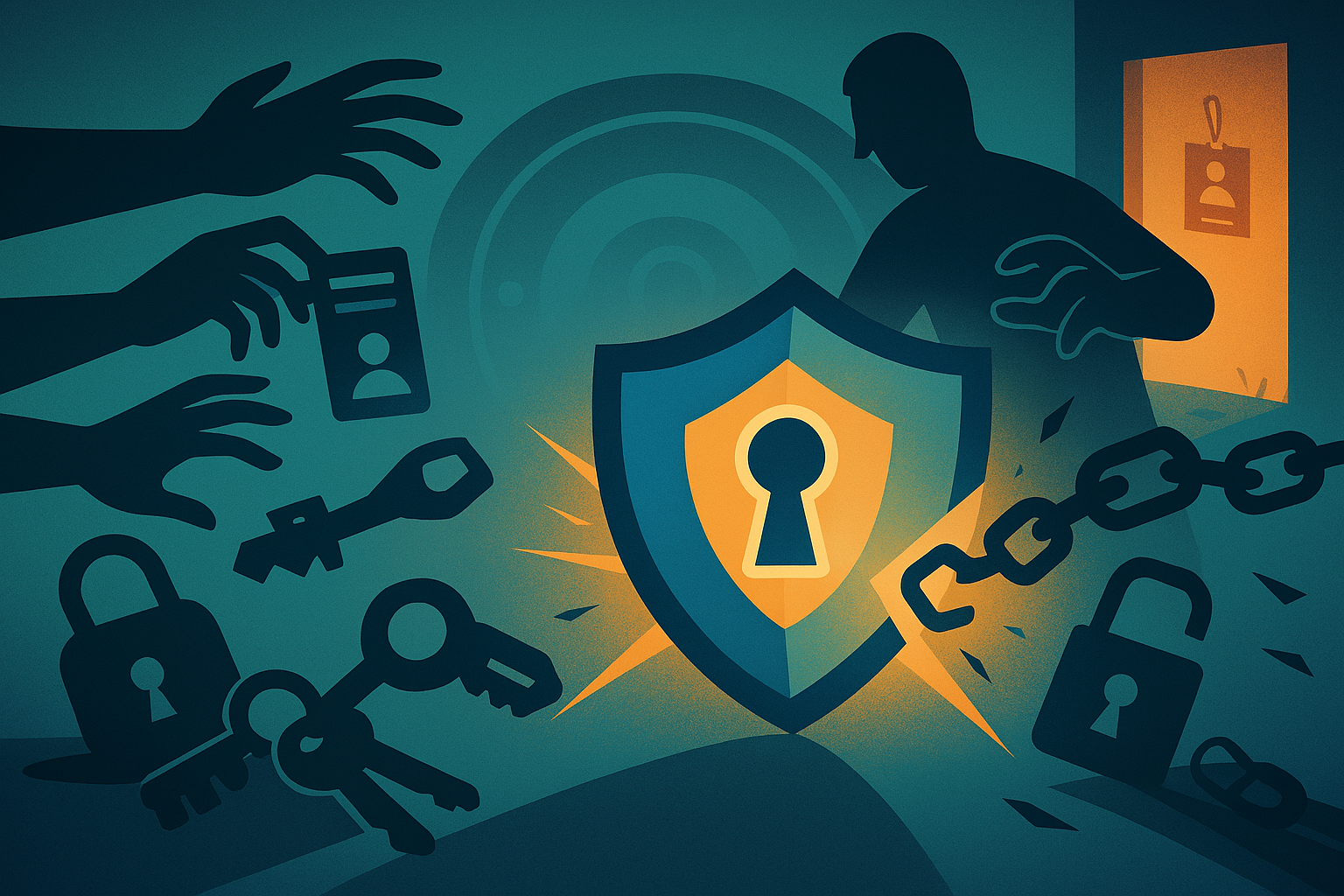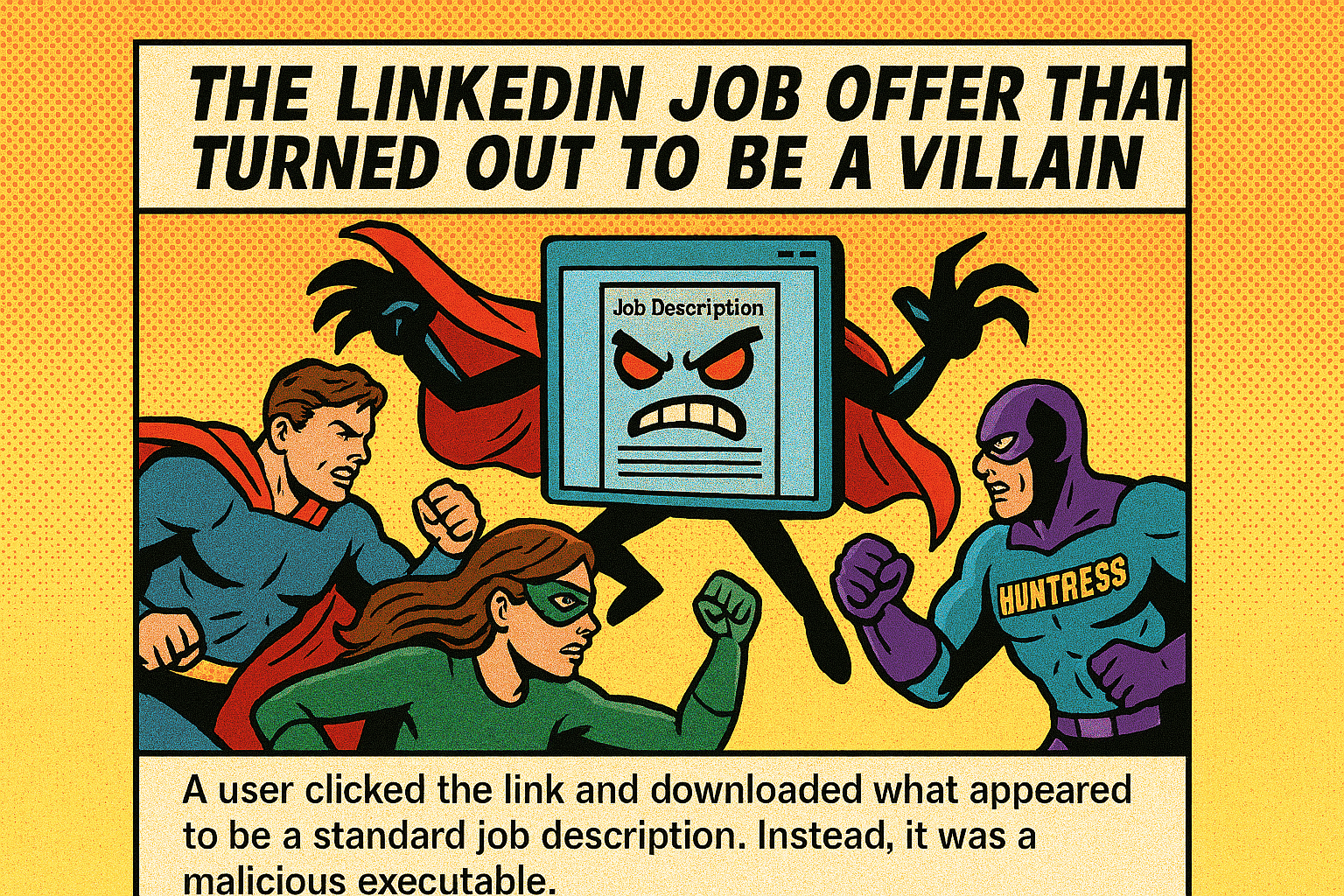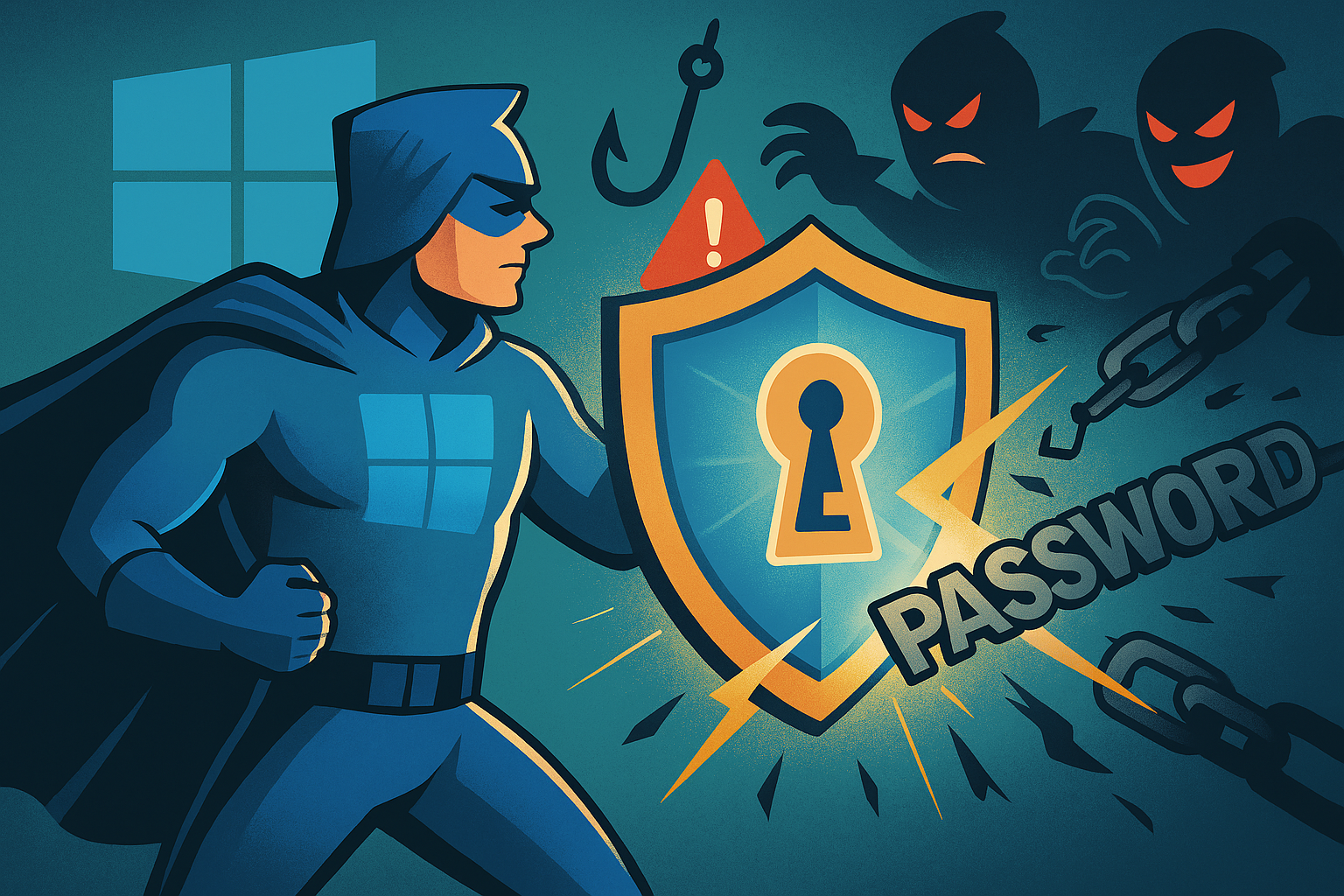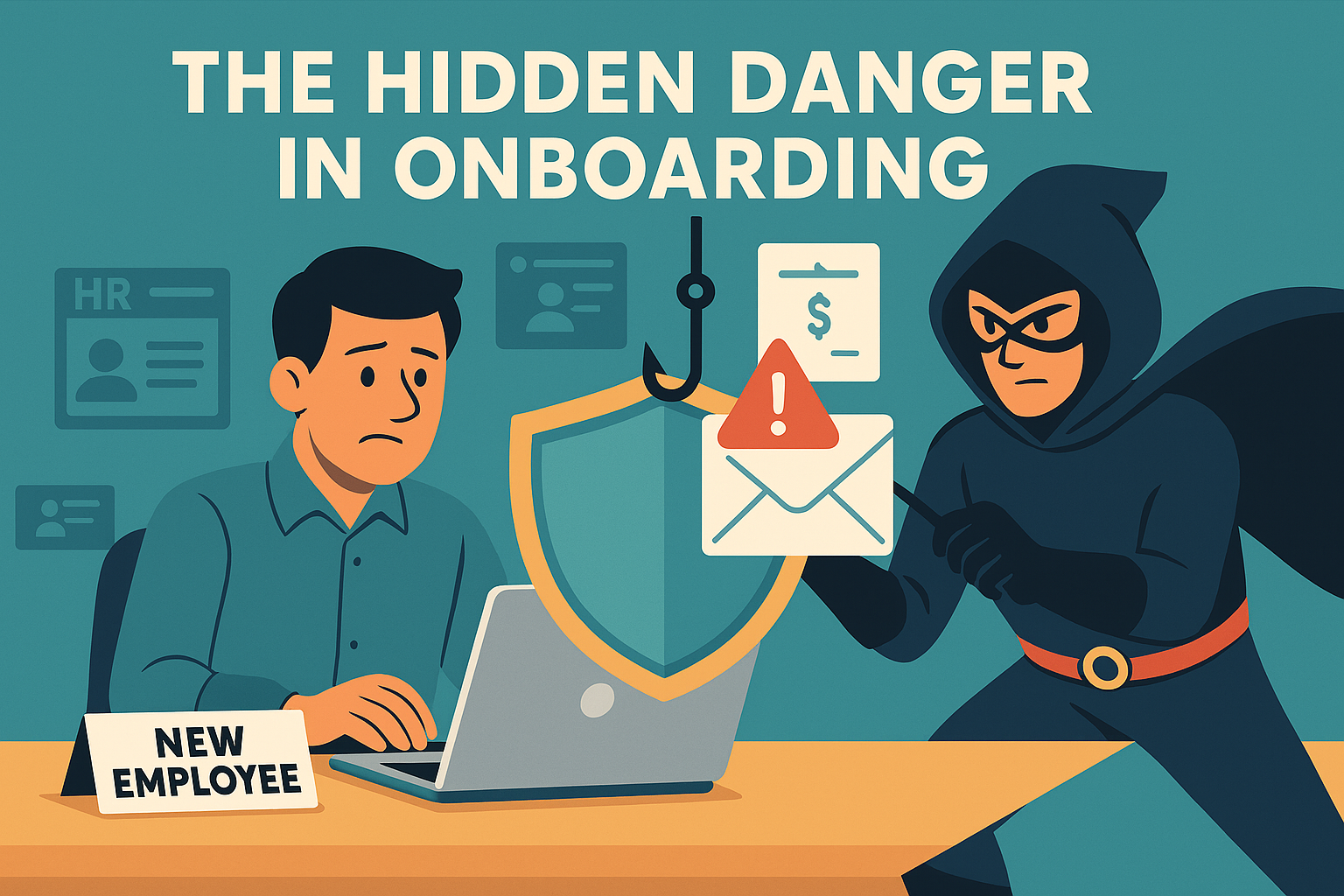Here’s a question worth asking: Do you know exactly who in your business can access your most critical data right now?
And more importantly, do they actually need that access to do their job?
Most business owners assume this is sorted during setup and never think about it again. But the reality is very different.
Recent research shows that around half of employees have access to far more data than they should.
That’s a big problem.
Not just because of the risk of someone going rogue, but because mistakes happen. When people can see things they don’t need, it opens the door to accidents, breaches, and compliance nightmares.
The Hidden Villain: Insider Risk
Insider risk is the danger that comes from people inside your business. Employees, contractors, anyone with access to your systems.
Sometimes it’s deliberate, like when someone steals data.
But far more often it’s unintentional. Someone clicks the wrong link, sends sensitive info to the wrong person, or keeps access after leaving the company. That’s when trouble starts.
Privilege Creep: The Silent Supervillain
One of the biggest issues is something called “privilege creep.”
That’s when people gradually build up more access than they need. Maybe they move roles, get added to new systems, or no one checks what they can see.
The research shows only a tiny percentage of businesses actively manage this. Which means huge amounts of data are left exposed.
Even worse, nearly half of businesses admit that some ex-employees still have access to systems months after leaving. That’s like giving a former sidekick the keys to your secret lair.
How to Fight Back
The solution is simple in theory: make sure people can only access what they need, and nothing more.
This is called the “least privilege” principle.
It means:
- Permissions are limited to what’s necessary
- Extra access is temporary and removed when the job is done
- When someone leaves, their access is revoked immediately
In today’s world of cloud apps, AI tools, and shadow IT, this is harder than it sounds. But it’s not impossible.
Regular reviews, tighter permissions, and tools that automate the process can make a huge difference.
The goal isn’t to slow your team down. It’s to protect your data, your customers, and your reputation.
If you want to check how secure your access controls really are, let’s talk. It’s better to know now than after a breach.








